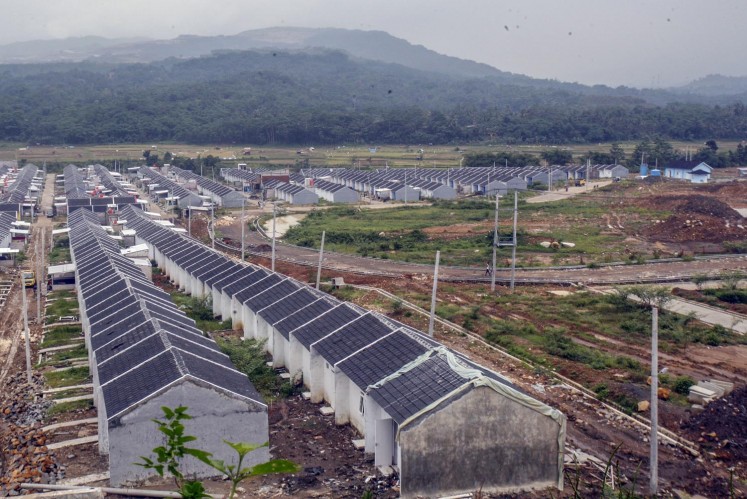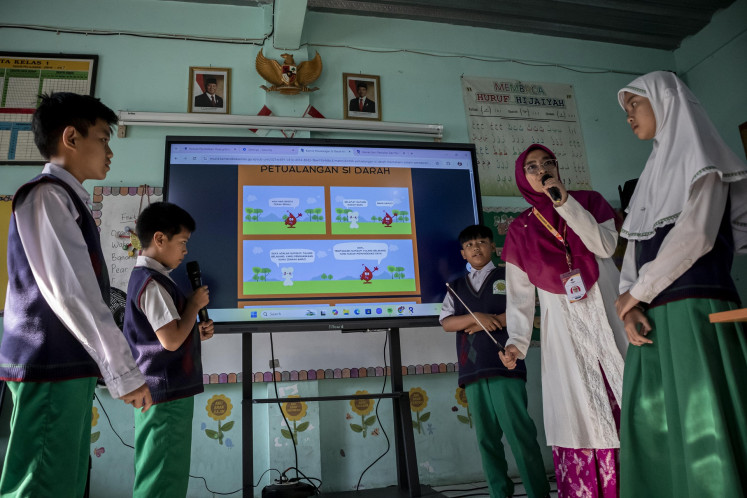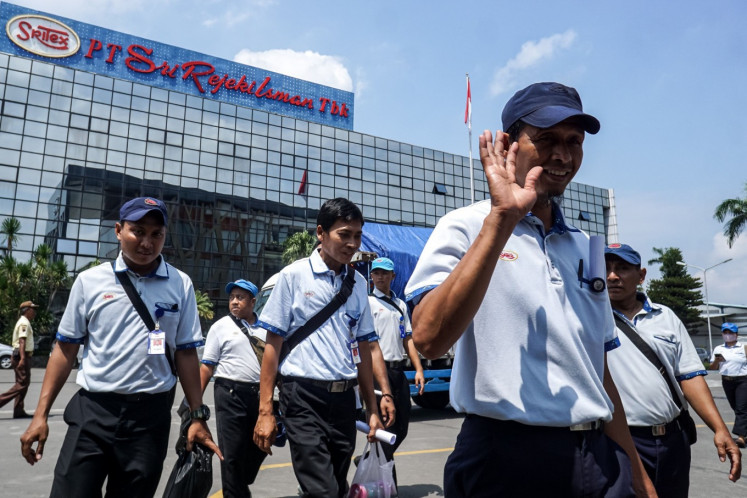Mapping challenges and opportunities in Indonesia’s insurance industry
Despite its recent progress, Indonesia's insurance penetration and density remain far below the global average and its regional peers.
Change text size
Gift Premium Articles
to Anyone
 The office of the Indonesian Life Insurance Association (AAJI) in Jakarta is shown in this undated photo. (Courtesy of AAJI)
The office of the Indonesian Life Insurance Association (AAJI) in Jakarta is shown in this undated photo. (Courtesy of AAJI)
I
ndonesia's economy has maintained a steady growth trajectory year after year. However, a crucial pillar of the financial system – the insurance industry – still faces several challenges. Despite recent progress, Indonesia's insurance penetration and density remain far below the global average and its regional peers. This low uptake translates to a large portion of the population being financially vulnerable in the face of unexpected events such as accidents, illnesses or property damage.
Unraveling the reasons behind this underutilization requires a closer look at the industry's internal hurdles. Public trust issues stemming from past cases of mismanagement and unclear claims processes continue to deter potential customers. Additionally, a lack of financial literacy can leave many Indonesians unaware of the different insurance products available and their potential benefits. These factors, coupled with low financial inclusion, reflected by limited accessibility and product offerings that may not cater to diverse needs, create a scenario where a significant portion of the population remains hesitant or unaware of the value that insurance can bring to their financial well-being.
Based on World Bank data, Indonesia’s total assets to GDP in the insurance industry in 2020 were 4.6 percent, far below the world average of 26.9 percent. Comparatively, Singapore, Malaysia and the Philippines stood at 63.7 percent, 22.2 percent and 10.8 percent, respectively. By the end of 2023, total assets in the insurance industry amounted to Rp 1,843 trillion (US$113.8 billion), representing only 9 percent of Indonesia’s GDP. This data indicates that Indonesia has significant room for growth in the insurance industry.
A higher insurance total assets to GDP ratio signals a strong financial base for insurance companies, allowing them to handle large claims, maintain solvency and offer competitive rates. With larger assets, insurers can take on a wider range of risks, offering broader coverage options for individuals and businesses, fostering a more robust risk management environment in the country.
The keys to unlock this industry's potential lie in boosting insurance penetration and insurance density. A higher penetration rate indicates a more robust insurance ecosystem, where a significant portion of the population is financially protected against unforeseen events. Meanwhile, higher insurance density indicates that insurance companies collect more premiums from each person, providing relatively wider coverage and benefits to insurance holders.
According to Swiss Re, the penetration rate of insurance in Indonesia in 2022 was 1.4 percent, below the world’s average of 6.8 percent. Data from the ASEAN Insurance Council Report also depicted Indonesia’s insurance penetration rate in 2022 at 1.4 percent, below the ASEAN average of 3 percent, led by Singapore with a penetration rate of 8.9 percent. Furthermore, insurance density in Indonesia was relatively lower than in other countries. Based on Swiss Re, Indonesia's insurance density in 2022 was $68, well below the world average of $853. Other ASEAN countries such as Singapore, Malaysia and Thailand had densities of $7,563, $592 and $369, respectively.
These numbers indicate that Indonesia still has significant potential to benefit the overall insurance industry, both for insurance holders and businesses.

















